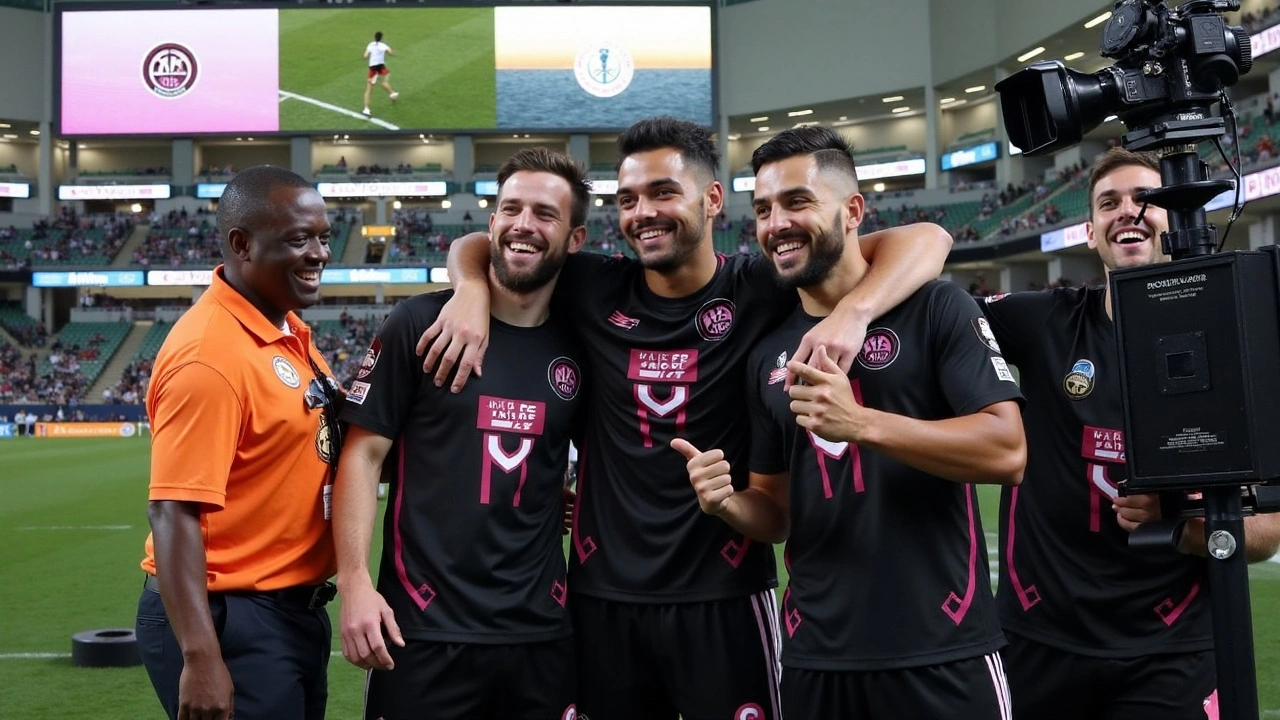Preseason Friendly: How to Read Matches, Spot Signings, and Follow Live
Preseason friendlies are not about trophies. They're about preparation, fitness, and clues. Teams mix starters with youngsters, try new tactics, and test fitness levels. If you know what to look for, a friendly can reveal more than a scoreline.
First, watch minutes and intensity. Coaches use friendlies to build match fitness, so players on short stints might be recovering or just being eased in. When a key player plays 30 to 60 minutes at high intensity, it often means he’s closer to full fitness. Low tempo or lots of substitutions usually means the coach prioritizes fitness and assessment over winning.
What to focus on during a preseason friendly
Pay attention to formations and roles. Coaches experiment: a winger might drift inside, a fullback might push higher, or a striker could drop deeper. Those shifts can hint at planned season tactics. Also, watch set pieces—teams practicing corners and free kicks during friendlies often improve their dead-ball threat later in the season.
Young players and trialists matter more than you think. A teenager getting 20 solid minutes against senior pros can earn a squad spot. Similarly, new signings often show their comfort level. Quick link-up play and simple choices on the ball are positive signs. Mistakes under low pressure may be acceptable, but repeated defensive lapses are worth noting.
How fans and bettors should use friendly matches
Fans: use friendlies to set realistic expectations. A big win against weaker opposition doesn’t guarantee league success. Look for consistency across multiple friendlies—repeating patterns matter more than one scoreline. For season ticket holders, these games are perfect to judge new signings up close.
Bettors: tread carefully. Markets in friendlies are small and volatile. Avoid backing teams solely on a single friendly result. Instead, use data like minutes played by starters, injury reports, and opponent strength. If starters play long minutes, markets react; if they don’t, take results with a grain of salt.
Where to watch and follow live updates? Clubs post full squads and live clips on social media. Official club channels and local broadcasters often stream friendlies. Follow club beat reporters on X (formerly Twitter) for lineup changes and injury updates. If you want streaming, check club sites first—many offer pay-per-view for preseason tours.
Injuries and risk management matter. Preseason carries a higher injury risk when players push too hard too soon. Coaches balance work and load to reduce long-term problems, but sometimes knocks happen. If a player gets substituted early and looks uncomfortable, expect cautious comments from the club medical team afterwards.
Finally, treat friendlies as useful snapshots, not definitive verdicts. They help you spot emerging players, tactical trends, and fitness levels. Use that insight to enjoy the summer and arrive at the new season a little more informed—and a lot more excited.
Want short previews for upcoming friendlies? Check our match pages for lineups, odds, and live links. Bookmark this tag for updates and quick reads every week and during tours.
- February 3, 2025
- Comments 20
- Sports

